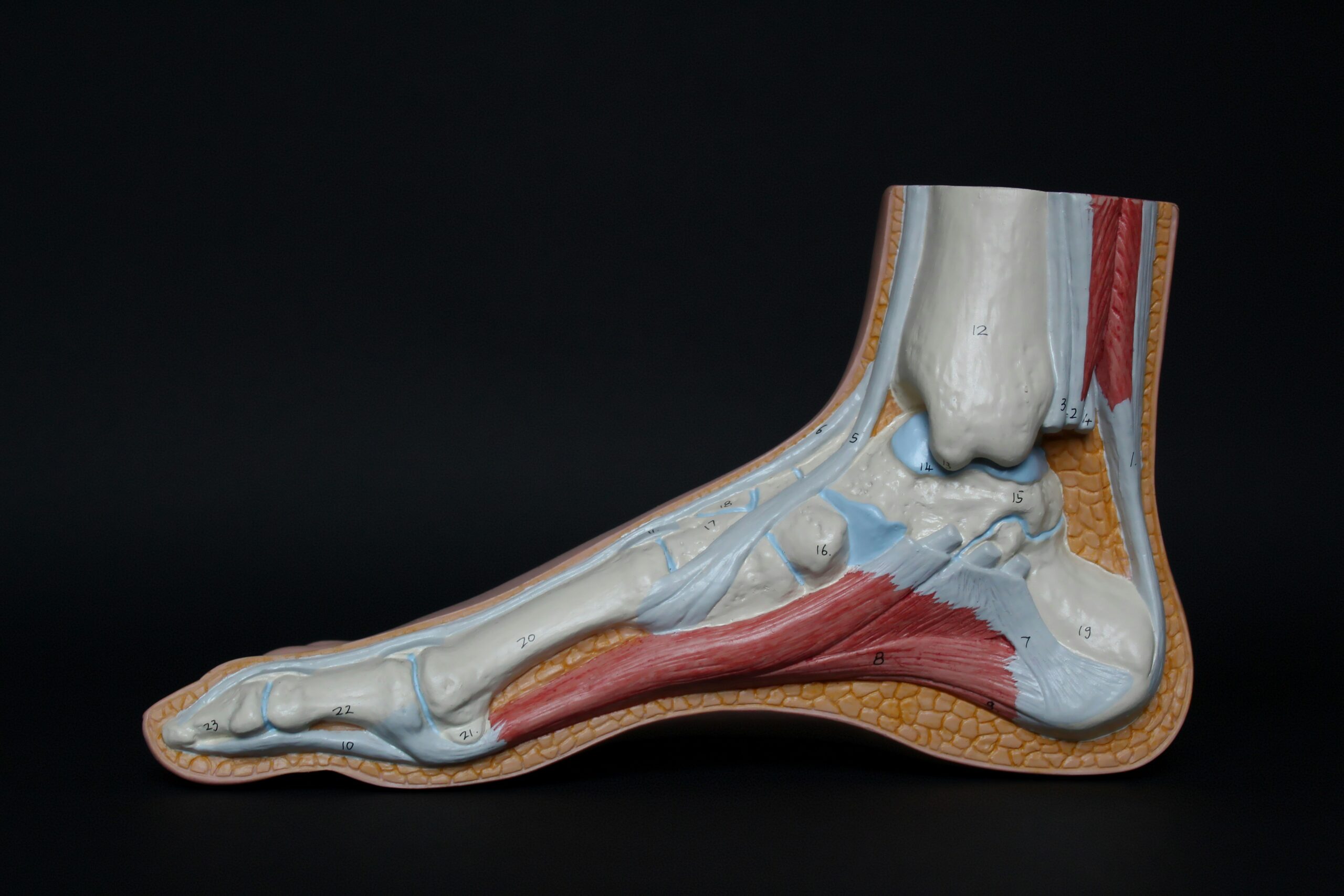“Ever caught your furry friend limping after a playful romp in the yard?” It’s a gut-punch, right? You’re not alone. Thousands of pet parents across the globe are turning to natural solutions like turmeric supplements to soothe their pets’ achy joints. But does it actually work? Spoiler alert: Yes, but there’s more to it than sprinkling golden powder on your pup’s kibble.
In this post, we’ll explore how turmeric can help with joint pain in pets, why it’s become a go-to remedy, and what you need to know before diving in. Ready to be the hero your four-legged companion deserves? Let’s get started!
Table of Contents
- Why Joint Pain is No Walk in the Park
- The Science Behind Turmeric for Joint Health
- How to Safely Introduce Turmeric
- 7 Tips for Maximizing Benefits (Without Overdoing It)
- Success Stories: From Limping to Leaping
- FAQs About Turmeric Supplements for Pets
Key Takeaways
- Turmeric contains curcumin, a compound known for its anti-inflammatory properties that could ease joint pain in pets.
- Pets with arthritis or age-related mobility issues may benefit from turmeric when administered properly.
- Dosage matters! Too much turmeric can cause digestive upset—start slow and consult a vet.
- Pairing turmeric with black pepper boosts absorption significantly.
- Not all pets tolerate supplements well; monitor closely for adverse reactions.
Why Joint Pain is No Walk in the Park
Picture this: Your once spry Labrador now hesitates at the stairs, groaning as he lowers himself onto his bed. Heartbreaking, isn’t it? Aging, obesity, injury, and conditions like osteoarthritis contribute to joint pain in pets. These issues don’t just affect movement—they chip away at quality of life.

Credit: Example Images
The good news? Nature provides answers. Enter turmeric—the spice hiding in plain sight in your kitchen cabinet.
The Science Behind Turmeric for Joint Health
Let’s geek out for a second. Turmeric owes its healing powers to curcumin, a bioactive compound with proven anti-inflammatory and antioxidant properties. Studies suggest it may reduce swelling and stiffness by blocking pathways linked to inflammation in joints.
Optimist You: “So I can just sprinkle some turmeric into my dog’s food?”
Grumpy You: “Not so fast, hotshot. There’s a method to the madness.”
Curcumin has low bioavailability, meaning your pet’s body might not absorb it efficiently unless paired with black pepper (which contains piperine). Plus, finding the right dose requires precision.
How to Safely Introduce Turmeric
If you’re ready to give turmeric a shot, start here:
- Consult Your Vet: Safety first. Some pets may have pre-existing conditions where turmeric isn’t advised.
- Choose Quality Products: Opt for high-quality turmeric powder or pre-made supplements designed specifically for pets.
- Small Doses First: Begin with a pinch mixed into meals. Gradually increase based on guidance.
- Add Black Pepper: Mix ground black pepper with turmeric to enhance absorption.

Credit: Example Images
7 Tips for Maximizing Benefits (Without Overdoing It)
Here’s the chef’s kiss of advice for using turmeric effectively:
- Balance Is Key: Avoid giving too much, which could irritate your pet’s stomach.
- Monitor Progress: Keep track of improvements—or lack thereof—and adjust accordingly.
- Mix Thoroughly: Ensure even distribution in their food to prevent clumping.
- Stay Hydrated: Make sure your pet drinks plenty of water, as turmeric can dehydrate slightly.
- Combine With Exercise: Gentle activity can complement the anti-inflammatory effects.
- Avoid Terrible Tip Alert: Never mix turmeric with medications without vet approval—it could interact negatively.
- Track Weight Changes: Monitor if your pet gains or loses weight during supplementation.
Success Stories: From Limping to Leaping
Take Max, a 10-year-old Golden Retriever who was barely able to chase squirrels anymore. His owner began adding turmeric to his diet alongside black pepper and coconut oil. Within weeks, Max was bounding across the yard again!
“I thought it was too good to be true,” said Max’s owner Sarah. “But seeing him play like a puppy again made me a believer.”

Credit: Example Images
FAQs About Turmeric Supplements for Pets
Got questions? We’ve got answers.
Will turmeric cure my dog’s arthritis?
No magic cure exists, but turmeric can alleviate symptoms naturally when used consistently.
Can cats take turmeric?
Yes, though dosages differ. Always ask your vet first.
What if my pet doesn’t like the taste?
Try mixing it into wet food or treats they love.
Conclusion
Turmeric isn’t a miracle worker—but it sure feels like one when your pet starts moving freely again. By understanding how it works, starting small, and tracking results, you can unlock its potential for managing joint pain naturally.
Remember, “follow these tips” wisely (coffee optional)! 🐾 Fancy trying something new? Start today. After all, happy pets = happy lives.
And hey… Like a Tamagotchi, your pet’s wellness needs daily care. Cheers to many more tail wags ahead!


